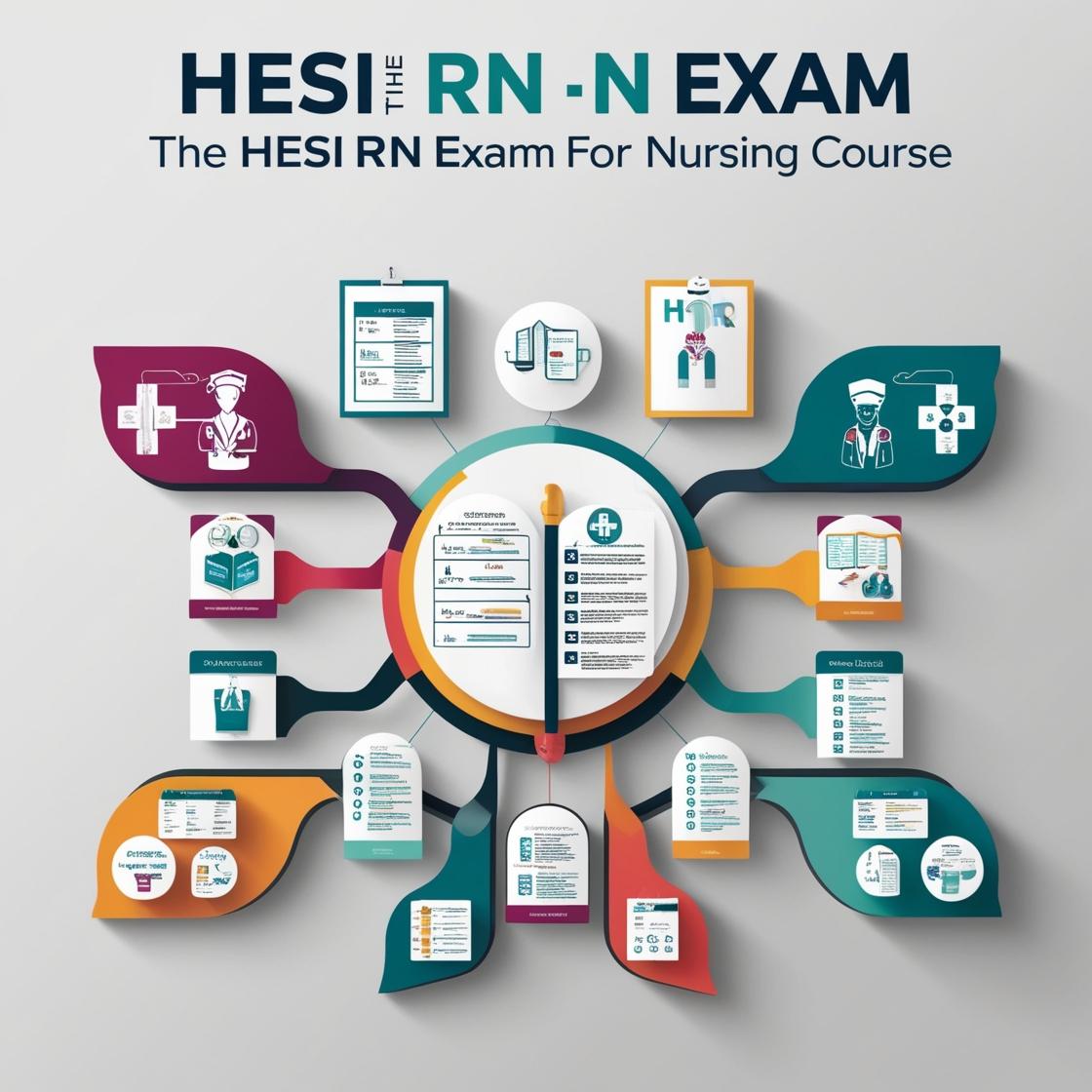HESI RN
Quizlet HESI Mental Health
1. The healthcare provider is assessing a client who has been taking an antidepressant for several months. Which symptom would suggest that the medication is working?
- A. Improved mood and increased energy.
- B. Increased appetite and weight gain.
- C. Decreased anxiety and agitation.
- D. Enhanced sleep patterns and vivid dreams.
Correct answer: A
Rationale: When assessing the effectiveness of an antidepressant, improved mood and increased energy are positive indicators that the medication is working. Choice B, increased appetite and weight gain, are more commonly associated with side effects of some antidepressants, such as certain tricyclic antidepressants. Choice C, decreased anxiety and agitation, could be related to the therapeutic effects of antidepressants in treating anxiety disorders but may not specifically indicate the efficacy of the medication for depression. Choice D, enhanced sleep patterns and vivid dreams, while changes in sleep patterns can be influenced by antidepressants, they are not the primary indicators of antidepressant efficacy. Therefore, the correct choice is A as it directly reflects the desired outcomes of antidepressant therapy.
2. An elderly client is admitted to the psychiatric unit with a diagnosis of major depressive disorder. Which assessment finding is most concerning for the nurse?
- A. Weight loss of 5 pounds in one week.
- B. Lack of interest in previously enjoyed activities.
- C. Disorganized speech and thought processes.
- D. Severe fatigue and low energy levels.
Correct answer: C
Rationale: In an elderly client with major depressive disorder, disorganized speech and thought processes are the most concerning assessment findings for the nurse. These symptoms can suggest a more severe condition such as psychosis or cognitive impairment, which require immediate attention and intervention. While weight loss, lack of interest in activities, severe fatigue, and low energy levels are common symptoms of major depressive disorder, they do not pose an immediate risk as disorganized speech and thought processes do. Therefore, the nurse should prioritize addressing the disorganized speech and thought processes to ensure the safety and well-being of the client.
3. The nurse on the day shift receives report about a client with depression who was found on the floor in the morning. What intervention is best for the nurse to implement?
- A. Assist the client to get out of bed and involved in an activity.
- B. Monitor the client’s appetite and sleep patterns.
- C. Assess the client’s feelings regarding the hospital stay.
- D. Explain that staff will check on the client every 30 minutes.
Correct answer: A
Rationale: Assisting the client to engage in activities is the best intervention as it can help improve mood and prevent further decline in function. This intervention can also help the client regain a sense of control and purpose. Option B, monitoring appetite and sleep patterns, is important but not the most immediate intervention needed in this situation. Option C, assessing feelings about the hospital stay, is also important but addressing the client's physical safety and well-being should take precedence. Option D, explaining the frequency of staff checks, is not as effective in addressing the client's immediate needs for engagement and support.
4. Which client statement suggests to the nurse that the client is using the defense mechanism of projection to deal with anxiety related to admission to a psychiatric unit?
- A. I am here because the police thought I was doing something wrong
- B. At least I hit the wall instead of hitting the psychiatric aide
- C. I want to be here because I know it is the best psychiatric facility
- D. Don’t believe everything my family tells you, I am not crazy
Correct answer: B
Rationale: The correct answer is B because the client is projecting their aggressive impulses onto an inanimate object, the wall, instead of accepting their own feelings. This statement reflects the defense mechanism of projection. Choice A is not projection; it is an explanation of why the client is there. Choice C indicates acceptance of the facility and does not involve projection. Choice D is a denial statement rather than projection.
5. A client with alcohol use disorder is being treated in a rehabilitation facility. Which behavior indicates that the client is making progress in recovery?
- A. Attends all scheduled therapy sessions regularly.
- B. Is participating in group therapy and sharing experiences.
- C. Completes a work-study program.
- D. Has a decreased need for psychiatric medication.
Correct answer: B
Rationale: The correct answer is B. Participation in group therapy and sharing experiences is a positive sign of progress in recovery for a client with alcohol use disorder. It fosters peer support, allows for personal insight, and encourages social interaction, which are essential aspects of the recovery process. Attending all scheduled therapy sessions regularly (Choice A) is important but may not necessarily indicate the same level of progress as active participation in group therapy. Completing a work-study program (Choice C) is not directly related to the client's recovery from alcohol use disorder. Having a decreased need for psychiatric medication (Choice D) is not necessarily a reliable indicator of progress in recovery from alcohol use disorder, as medication management is a separate aspect of treatment.
Similar Questions

Access More Features
HESI RN Basic
$89/ 30 days
- 50,000 Questions with answers
- All HESI courses Coverage
- 30 days access @ $89
HESI RN Premium
$149.99/ 90 days
- 50,000 Questions with answers
- All HESI courses Coverage
- 30 days access @ $149.99
